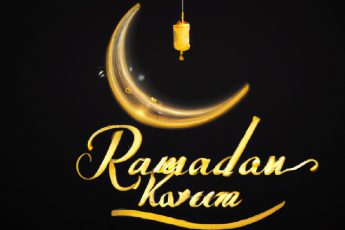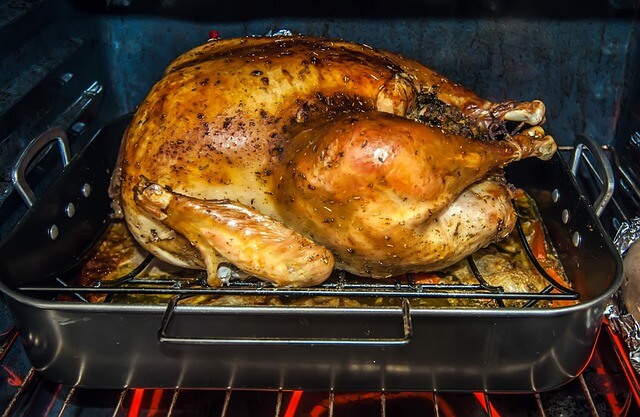Christmas which we traditionally celebrate each year on December 25 is the most important religious holiday in our calendar and the most adorable festive day in the year.
According to the gospel, Jesus Christ’s native city is Bethlehem. When Emperor Octavian Augustus decided to conduct a census of the population of the Roman Empire, Mary and Joseph Obruchnik went to Bethlehem to add their names to the list. However, there were no rooms in the hotels of the city, and they had to spend the night in a cave, which was used as a cattle shed. In this cave, the Virgin Mary gave birth to Jesus and laid him in a manger.
The angel brought the news of his birth to the shepherds who were guarding the flock, and they came to worship the Great Baby. The Gospel of Matthew says that on this night a wonderful Bethlehem star lit up in the sky, which led the Magi to Mary and Joseph. They also came to worship Jesus and brought him gifts: gold, frankincense and myrrh.
The Church chose December 25 as the date of the celebration of the Nativity of Christ. The Europeans, who had not yet known Christianity, celebrated the Day of the Sun exactly on this day.
The Orthodox Church also celebrates the holiday of December 25
Though due to the fact that the Orthodox Church uses the Julian calendar, the date is celebrated in the old style and corresponds to January 7 in the Gregorian calendar – or in the new style.
Early Christians celebrated Christmas with Baptism on January 6, this holiday had a name of the Epiphany. People began to celebrate Christmas separately from Epiphany only in the IV century.
The celebration of the Nativity of Christ is preceded by the Advent of the Fast, which also has a name of the Philipp’s Fast. It lasts forty days – from November 28 to January 6. Christians use the Christmas Fast in order to cleanse themselves: body and soul for the holiday. During fasting you should not eat meat, butter, milk, eggs, cheese. Some days you can’t also eat fish, drink wine and use vegetable oil while preparing food. When fasting, believers need to fast spiritually — pray and repent of their sins.
Christmas has five days of celebration
The last of them has a name of Christmas Eve. On the day before the holiday, everyone prepares a real feast with many dishes including the main one – the delicious roasted turkey.
In the evening on Christmas Eve the All-Night Vigil begins. This event usually takes place before major holidays and combines morning and evening church services. On Christmas Eve, instead of Vespers, the Great Compline comes into the composition of the All-Night Vigil, and vespers are performed earlier. Also in the vigil includes lithium and matins of Christmas. Matins, however, does not begin in the morning, but around midnight.
After the all-night vigil, everyone celebrates the liturgy of St. John Chrysostom. On Christmas Eve there is a liturgy of St. John Chrysostom, and a liturgy of St. Basil the Great – after an all-night vigil.
Christmas chants and canons tell the story of the birth of Jesus Christ
They also invoke to meet and praise the Savior who has appeared in the world. Of course, there is a habit of rejoicing in his birth.
Priests instruct believers on Christmas Eve and on Christmas Day to think about the Lord Jesus Christ. They tell the same story that he came to this world so that people would receive the hope of salvation from sin.
Children get presents from Santa Claus in the morning after Christmas night. Usually they find gifts under the Christmas tree or under their pillows.
There is an episode in world history when a real miracle happened on holiday: for a short time, Christmas managed to stop the war. During the First World War, German and English armies temporarily laid down their arms. They emerged from the trenches, without fear of someone’s villainous bullet, began to hug each other, glorify Christ and give each other gifts.
Known today for every American child deer Rudolph has never been a loyal assistant to Santa
Some advertisers created this image in the 30s of the 20th century. Ever since kids have liked it so much that this friendly deer have become traditional.
First Christmas trees decorated the houses of the ancient Romans, who, until that time, had known nothing about Christianity. Anyway, by the 15th century of our era, green beauties were already in every house – both a of the poor men and a rich ones.
Many governers tried to ban celebration of Catholic Christmas more than once. So, for example, Oliver Cromwell allowed only prayers and sermons on this special day. Moreover, Protestants expressed dissatisfaction with the fact that on this day people refused to go to work. As they arranged feasts and festivities. Members of the Jehovah’s Witnesses sect are generally sure that Jesus was born in October. They also believe that the Star of Bethlehem is a sign of the devil.
The Germans made the first artificial Christmas trees of goose feathers
That is, practical Germans used the whole bird carcass – they cooked meat and entrails for the festive table, and feathers became an ornament.
In the US, there is a regulation for selling Christmas trees. Sellers can only cut down those that have grown for 15 years; and the first Christmas tree markets appeared in America in 1850.
The largest Christmas stocking is listed in the Guinness Book of Records
Its length is 107 feet (32.56 m), width is 46 feet (14.97 m), and more than a thousand gifts fit in it! Members of the Children’s Community made it in London in 2007.
On Catholic Christmas, it is customary to send Christmas cards with congratulations, and even in the age of computer technology and e-mail, many still prefer to sign the thematic images by hand. Only in the USA people send annually more than three million postcards, while in Finland their number reaches 50 million.
Recently, Christmas letters have become popular – short notes on the state of affairs of the sender, enclosed in an envelope with a postcard or in a parcel bag with a gift. To tell the truth, many recipients consider such messages as an expression of either tediousness or boasting.
Christmas cracker is a wonderful invention of a seller of sweets. In order to attract customers, he put confetti mixed with candies in hollow tubes. It happened in 1847.
People celebrate Christmas more than 17 centuries. The more countries accepted Catholicism, the more voluminous and diverse the traditions became. Modernity also makes its own adjustments. Therefore, we can say that the history of this holiday is still being written.








